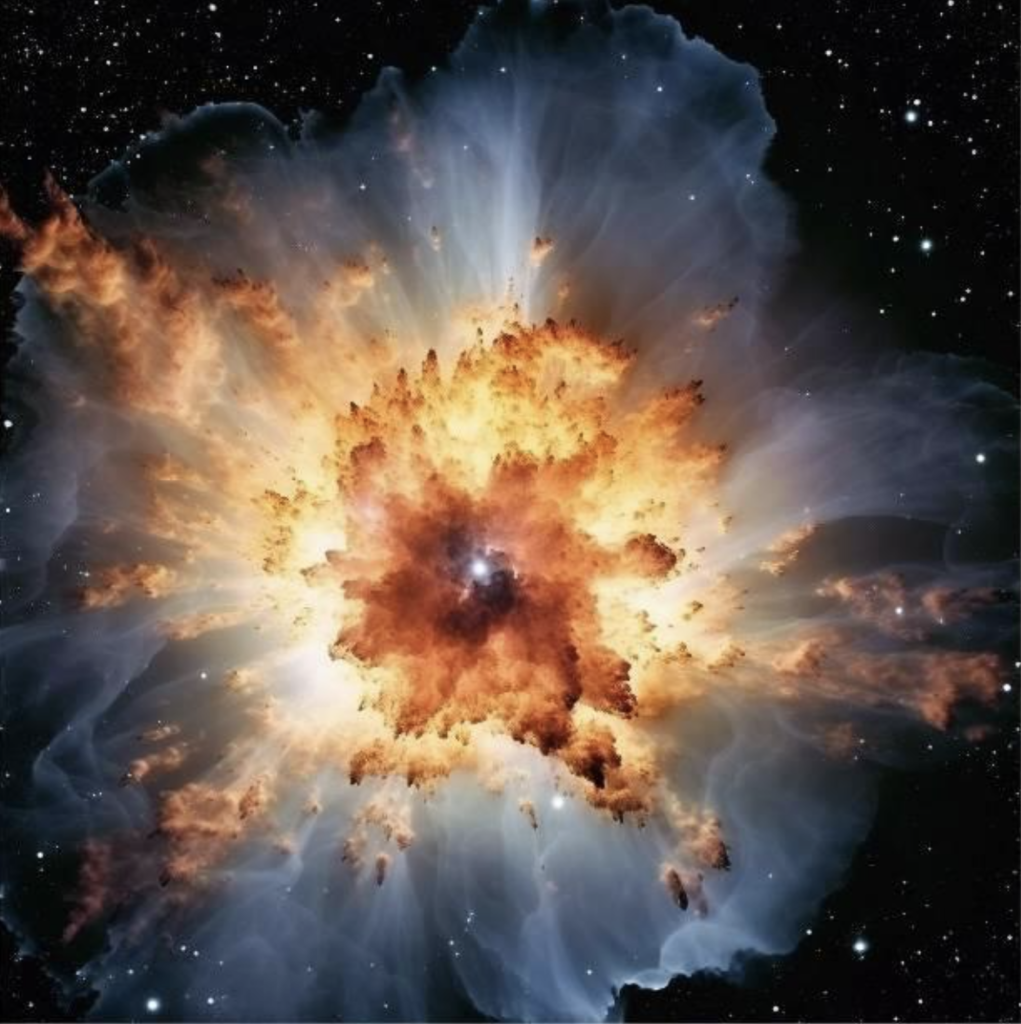Instituto de Astrofísica de Andalucía (IAA-CSIC)
www.iaa.es
The Institute of Astrophysics of Andalusia (IAA-CSIC) leads the sharpest analysis of this forming massive protostar, suggesting that it alternates recurrent episodes of accretion and ejection of material.

Low-mass stars, like the Sun, form from fragments of large clouds of gas and dust, which condense until a central object, or protostar, forms, growing by absorbing gas from a surrounding disc and ejecting the excess material through two jets at the poles. It was not known, however, whether the most massive stars, which can reach tens of times the mass of the Sun, form through this same mechanism. An international study, led by the IAA-CSIC, has obtained the most accurate image of the massive protostar NIRS3, which not only seems to suggest that, indeed, all stars form in the same way, but also that this star alternates episodes of accretion and ejection of material.
Massive stars, which end their lives in supernova explosions, are rare, and our knowledge of them is still incomplete. Nevertheless, these stars have a major influence on the structure and evolution of galaxies, and are responsible for the existence of, among others things, some of the elements that compose us, such as iron, sodium, and magnesium.
“Observing how stars form is ultimately about understanding our own origins. It is very exciting to be able to see details in the near infrared with an angular resolution of only sixty milliarcseconds, which was achieved using an ‘Adaptive Optics’ technique on the Large Binocular Telescope, in Arizona, USA. This uses a deformable mirror to remove the blurring effect of the atmosphere and generate exquisitely high-resolution images, equivalent to viewing objects such as the Roman Colosseum on the Moon”, says Rubén Fedriani, a researcher at the Institute of Astrophysics of Andalusia (IAA-CSIC) who leads the study.
NIRS 3, located in the region of massive star formation S255IR, with about twenty times the mass of the Sun and a structure formed by a central object (the protostar), a disk and a bipolar jet, experienced a sudden increase in brightness in autumn of 2015. It was an accretion burst, a common phenomenon in the formation of low-mass stars, but never seen in massive stars, and which is due to the lumpy nature of the disk that feeds the forming star: the star sometimes absorbs fragments of the disc that cause a sudden increase in its luminosity.
The detection of an accretion burst in NIRS 3 is one of the strongest indications that high-mass stars do indeed form through a process similar to that which gives rise to low-mass stars (and not, as the alternative model proposed, from the merger of lower-mass stars).
The recent work has observed for the first time in the near-infrared how episodically absorbed material has been ejected as a consequence of the outburst. It also suggests a scenario where the star alternates episodes of accretion with sudden outbursts of material, and analysis of 30 years of data suggests that in the late 1980s it experienced another outburst similar to the 2015 outburst.
“This study allows us to understand a little better the episodic formation scenario where protostars, particularly in this case massive ones, form through accretion episodes that subsequently manifest themselves in outbursts of material. In fact, our paper concludes that NIRS3 is in a very active accretion stage prone to further accretion bursts”, concludes Rubén Fedriani (IAA-CSIC).
REFERENCE
R. Fedriani et al. “The sharpest view on the high-mass star-forming region S255IR Near-InfraRed Adaptive Optics Imaging on the Outbursting Source NIRS3”. Astronomy & Astrophysics, 2023.
CONTACT
Rubén Fedriani, fedriani@iaa.es
IMAGEN
Artist’s conception of the burst in NIRS3. Credit: R. Fedriani and J. Pizarro.
Paper Available here: A&A Volume 676, August 2023

